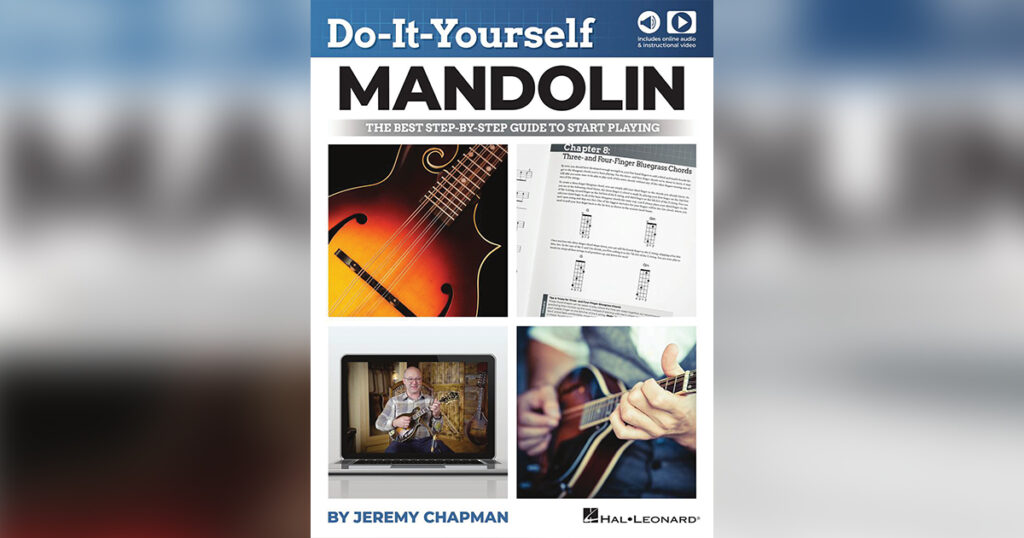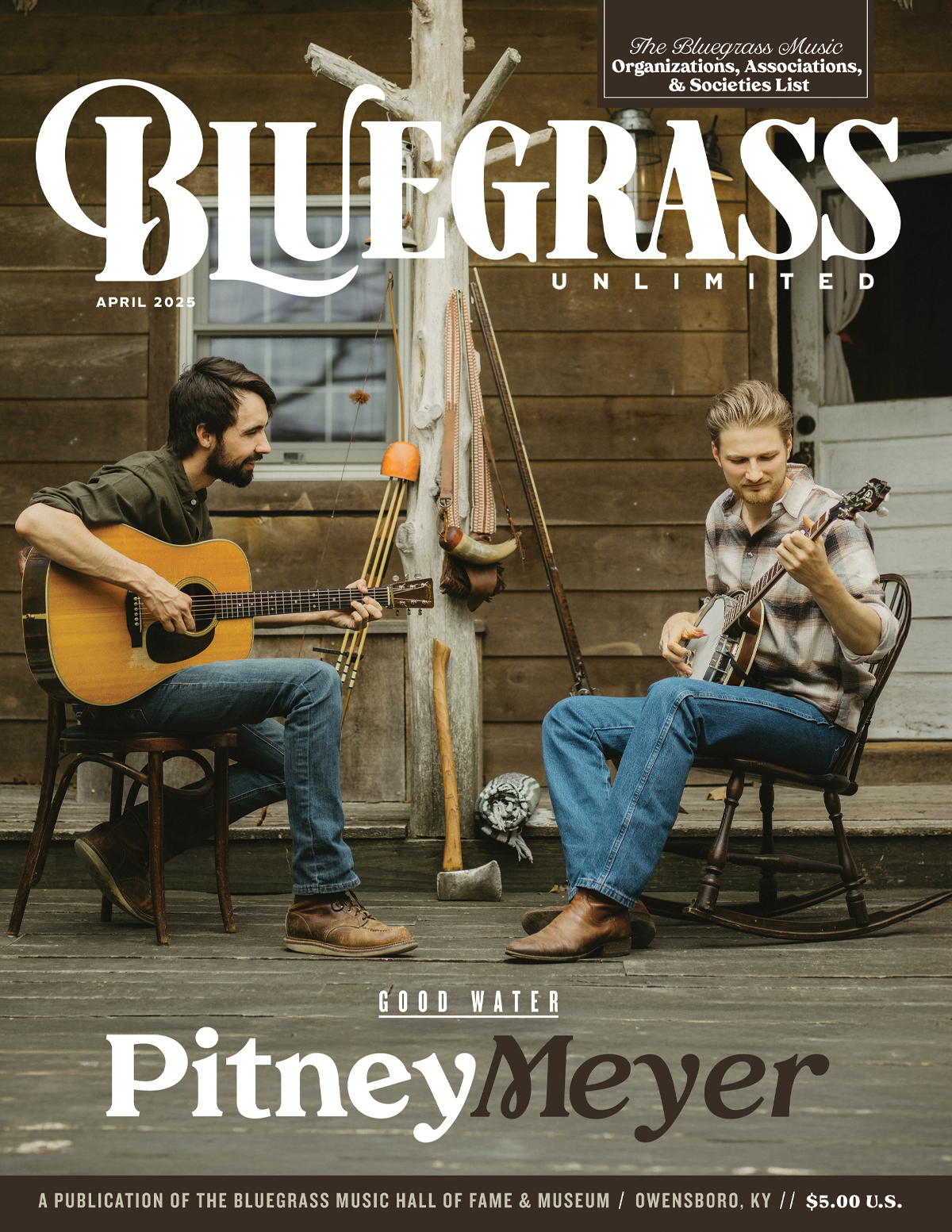Do-It-Yourself Mandolin—The Best Step-By-Step Guide to Start Playing
A lot of students are turning to YouTube to learn how to play their instruments these days. The upside is that it doesn’t cost anything. The downside is that there typically is not a well-designed step-by-step learning method presented with an effective multi-media approach to learning foundational material and theory along with a progressive method of developing solos on songs and tunes. Typically, on YouTube, you get a hodge-podge of various subjects and a large variety of tunes, but they are not always brought together in a cohesive manner that best facilitates continual and consistent development of the various skill sets required to become a good player.
If you are one of those people who have been turning to YouTube to learn the mandolin and are finding that you have gaps in your development that lead to roadblocks in your progress, Jeremy Chapman has worked hard to put together a wonderful new multi-media step-by-step method that you can follow to help you continually move forward and/or take your playing to the next level.
Over the years I have seen a lot of instructional material for bluegrass instruments. I’ve been reviewing this kind of material for mandolin and guitar in magazines for the past twenty-five years. Right off the bat, I will say that this is one of the best instructional books that I have seen. Chapman, who is a phenomenal mandolin player and teacher, does a wonderful job of presenting the most basic mandolin concepts—such as a description of the parts of the mandolin, holding the pick, body posture, and pick stroke theory—to advanced techniques—such as closed position playing, chord extensions, and crosspicking. He does so masterfully in the span of this 96-page book, with accompanying online video clips and audio files.
The thing that I like best about this book is that it doesn’t just teach tunes. Jeremy does teach a bunch of tunes, with great variations along the way, but he does so with purpose. When a new tune is presented it is because he is using that tune to reinforce a theoretical or technical topic that he has presented. He also spends more time than other books teaching topics relating to chords, rhythm, and accompaniment, which I applaud.
Another aspect of this book that I like is that in the presentation of the solos, he uses each new topic that he presents in the book to develop variations to songs that he has previously presented. In learning these new variations, the student not only becomes familiar with the new topic, but they also learn how to creatively develop a new solo to a tune that they have already learned. In doing this, Jeremy is also teaching the student something about learning to create their own solos and making a step towards learning how to improvise.
There are too many tunes presented in this book to list in this short review. I will say that I think Jeremy did a great job with song selection in terms of level of difficulty. You get everything here from “Twinkle, Twinkle Little Star” to “Little Rock Getaway.” He covers tunes in the genres of bluegrass, gospel, pop, country, folk, and Irish music. I counted nearly 60 tunes presented (some only giving the words and chords in the sections that talk about chords and rhythm). For many of these songs, there are three or four different arrangements. Counting all the solos that are presented (including multiple solos of the same song) there are just over 50 solos presented in mandolin tablature. There are also numerous exercises presented in mandolin tablature. All of the exercises and songs presented include online audio files and many of the concepts that are presented include online video files that you can watch.
In summarizing my opinion of this book, I will say that recently a mandolin player, who is fairly new to the instrument, came to a monthly jam session that I host. Of all of the various learning methods that are available on the market these days—from YouTube videos to free online transcription downloads, to books and DVDs, to streaming videos from instructor’s websites, to private lessons (in person or online), to subscription services, to workshops, camps, and group lessons (in person or online), the thing that I recommended to her was this book. Why? It is an extremely well-organized and well-written step-by-step multi-media presentation of how to learn to play the mandolin. And, at $24.95 (less than the cost of one private lesson), it is a great value given the amount of material presented.

